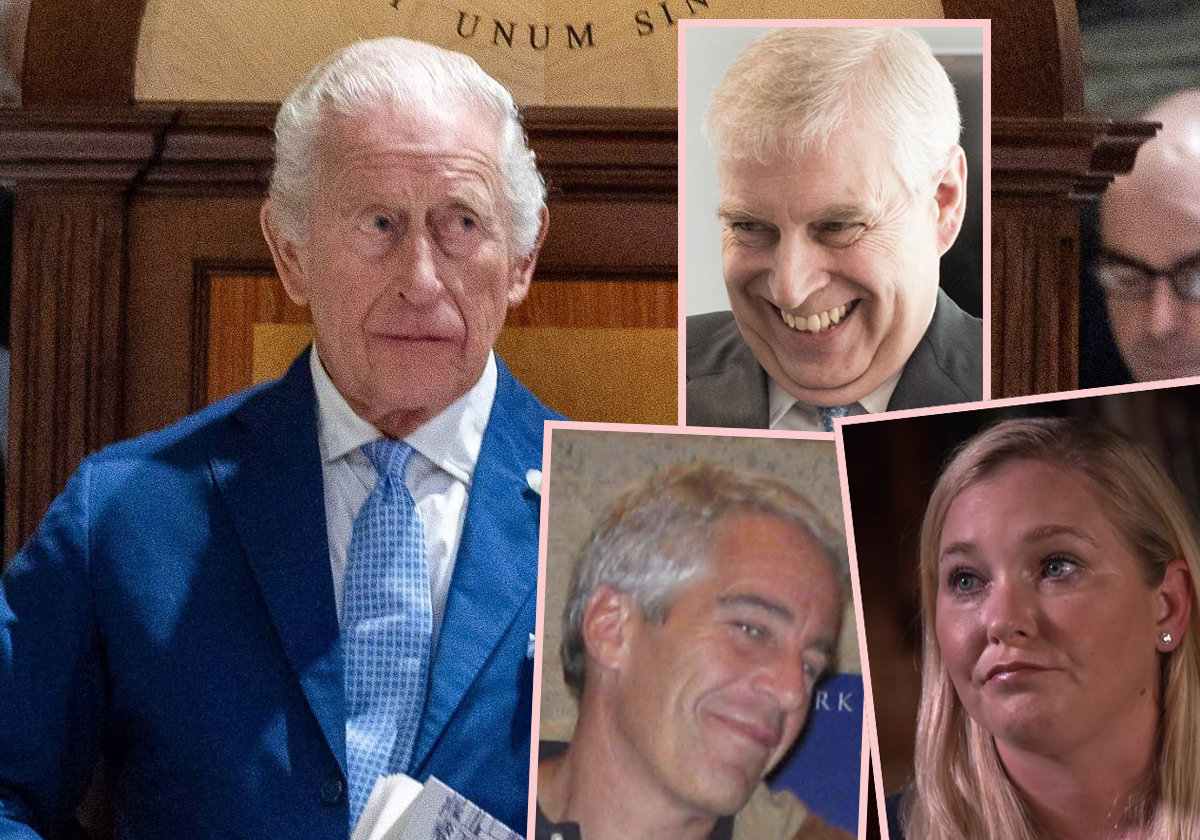During the filming of a climactic scene in his critically acclaimed documentary, “Standing in the Shadows of Motown,” a celebration of the unheralded session musicians behind countless 1960s hits, Paul Justman could have found himself foiled by Detroit’s harsh winter.
Arriving at the city’s MacArthur Bridge one morning to interview the guitarist Eddie Willis about Motown’s fateful move to Los Angeles in 1972, Mr. Justman and his crew found the bridge blanketed with fresh snow, seemingly impenetrable. But the director was undeterred.
“To Paul, this was an opportunity,” his brother, the musician Seth Justman, said by phone. “The glistening snow helped accentuate the feeling of loss.”
Throughout his career, Mr. Justman blended a photographer’s eye with a musician’s feel for the pulse of pop as a prominent director of music documentaries and videos.
He died on March 7 at his home in the Hollywood Hills section of Los Angeles. He was 74. His death, which was not widely reported at the time, was confirmed by his brother.
While Mr. Justman enjoyed a long and varied career, he is best known for “Standing in the Shadows of Motown.” That film, released in 2002, brought to light the lasting contributions to pop music made by the session musicians, known as the Funk Brothers, who fueled countless era-defining Motown hits despite working in obscurity.
“This salute to the literally unsung and underrecognized studio heroes of Motown is so good because it is one of those rare documentaries that combine information with smashing entertainment,” Elvis Mitchell of The New York Times wrote in a review. “And it is one of the few nonfiction films that will have you walking out humming the score, if you’re not running to the nearest store to buy Motown CDs.”
Among Mr. Justman’s other documentaries were “The Doors: Live in Europe 1968” (1990) and “Deep Purple: Heavy Metal Pioneers” (1991). He also made features, including the 1983 battle-of-the-bands tale “Rock ’n’ Roll Hotel,” which he directed with Richard Baskin, and “Gimme an ‘F,’” a romp about cheerleaders, released the next year.
Still, none of his films could match the ubiquity of the music videos he made in the 1980s, capturing the era’s Day-Glo look and Pop Art sensibility as MTV reshaped the pop landscape.
Paul Evans Justman was born on Aug. 27, 1948, in Washington, the second of three children of Simon Justman, a government systems analyst, and Helen (Rebhan) Justman, a school drama teacher.
Growing up in Washington, in Newton, Mass., and in Margate City, N.J., Mr. Justman was drawn to music (he played drums and guitar in rock bands as a teenager) and dance (at 9, he choreographed his own routines for courses at the Boston Conservatory). He also fell in love with photography.
After graduating from Earlham College in Indiana in 1970 with a bachelor’s degree in philosophy, he moved to New York City and took a job with a team making short films about American culture for Swedish television.
He soon started working as an assistant to Robert Frank, the lauded documentary photographer and filmmaker. He eventually worked as an editor on Mr. Frank’s notorious warts-and-all documentary about the Rolling Stones’ raucous 1972 North American tour. The film became famous in part for its obscene title, although it was never officially released.
Mr. Justman, who moved to Los Angeles in 1980, became a fixture behind the scenes with the J. Geils Band as it was climbing from the clubs of Boston toward fame. In the mid-1970s, he made a short documentary, “Postcards,” about that high-energy blues-rock band’s frenzied life on the road. The film, which featured appearances by the rock critic Lester Bangs, was broadcast on PBS.
In addition to his brother, Mr. Justman is survived by his wife, Saundra Jordan, and his sister, Peggy Suttle Kligerman.
Not all Mr. Justman’s work with the J. Geils Band was behind the camera. He often collaborated on songs with his brother, and he contributed lyrics for all the songs on the band’s final studio album, “You’re Gettin’ Even While I’m Gettin’ Odd” (1984), recorded after the kinetic frontman, Peter Wolf, left the band. (Seth Justman handled most of the lead vocals.)
But, his brother said, it was Mr. Justman’s ever-present videos that helped the band break into the pop stratosphere. His “Freeze Frame” video, in which band members dressed in white splattered one another in paint as if they were human Jackson Pollock canvases, received heavy airplay on MTV. The song hit No. 4 on the Billboard singles chart in 1982.
But it could not match “Centerfold,” from the previous year, in ubiquity. The video for that song, featuring models marching around a high school classroom in teddies and a snare drum filled with milk, become a token of Generation X pop culture. The song became the band’s first and only No. 1 hit.
“MTV was really starting to cook,” Seth Justman said of “Centerfold,” “and that cinematic and energetic approach, along with splashes of humor, resonated and lit the fuse. The song, and the video, shot like a rocket.”
















